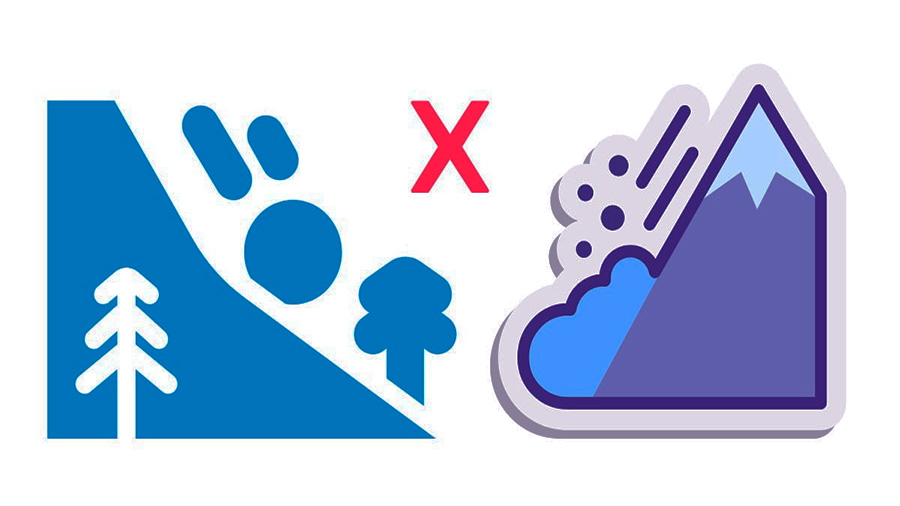Managing debt effectively requires clear goal-setting, understanding different repayment methods, and knowing when to seek professional help. This article explores the importance of setting clear goals for debt repayment, the risks of ignoring your total debt, the impact of not tracking spending habits, and the differences between popular debt repayment methods. Additionally, learn how professional credit counseling services can support your debt reduction efforts.
Why Is It Important To Set Clear Goals For Debt Repayment?
Setting clear goals for debt repayment is crucial because it gives you a roadmap. When you know exactly what you want to achieve—whether it’s becoming debt-free in five years or paying off $10,000 of credit card debt in a year—you can plan your spending and saving effectively.
First, having clear goals helps you prioritize your finances. You can cut back on non-essential spending, like eating out or buying new clothes, and redirect those funds to pay down your debt. This targeted approach helps you make informed decisions about where your money should go.
Secondly, clear goals provide motivation. When you have a specific end goal, like eliminating all your debt, it keeps you motivated to stick to your budget and make disciplined financial decisions, even when it gets tough.
Third, it allows you to measure progress. With precise goals, you can track your repayments and celebrate small victories. This helps you see the tangible results of your efforts, making the entire process less overwhelming and more rewarding.
Lastly, clear goals enable better financial planning. You can break down your goals into smaller, manageable milestones, making long-term objectives feel more achievable. Whether you’re aiming for short-term victories or long-term success, clear goals keep you on track.
Lastly, by setting specific, measurable, achievable, relevant, and time-bound (SMART) goals, you create a structured plan for debt repayment. This helps you stay focused, motivated, and disciplined, ultimately leading to financial freedom and success.

What Are The Pitfalls Of Ignoring Your Total Debt Amount?
Ignoring your total debt amount can lead to several severe pitfalls:
- Debt Accumulation: Debt accumulation can happen quickly as interest grows, making your debt larger over time. High-interest debts, in particular, can spiral out of control.
- Financial Consequences: Late fees, increased interest rates, and damaged credit scores can occur. This makes future borrowing more expensive and difficult. Legal actions from creditors, such as wage garnishments or bank account seizures, can add to your stress and financial pressure.
- Emotional Stress: You might experience significant emotional stress from the constant worry and shame associated with financial struggles. Ignoring all your debts, especially smaller ones, can create unmanageable financial stress and impact your overall financial health.
- Missed Opportunities: Missing out on opportunities to negotiate lower payments or interest rates or to seek professional advice from credit counseling agencies is another risk.
Finally, by facing your total debt and creating a strategic plan, you can mitigate these pitfalls and work toward a more stable financial future.
How Does A Lack Of Tracking Spending Habits Hinder Debt Reduction?
Not tracking your spending habits can seriously hinder your ability to reduce debt. If you don’t know where your money is going, you may end up overspending and blowing your budget. This makes it almost impossible for you to manage your finances and cut down on debt effectively.
When you don’t track your spending, you miss out on seeing how small expenses can add up. Your money seems to disappear, leading to financial stress. You can’t make real-time decisions to adjust your spending or save for emergencies. Without tracking, you lack a clear picture of your financial standing, making it difficult for you to plan and pay off debt effectively.
Here’s how tracking can help:
- Budget Adherence: By tracking your spending, you can stick to your budget and prevent debt.
- Spending Insights: You will see exactly where your money goes and can cut back on unnecessary expenses.
- Financial Control: Tracking allows you to make adjustments in real-time, keeping your cash flow positive.
- Debt Reduction Strategy: Knowing your spending habits helps you develop a realistic debt reduction plan, making it easier to pay down balances.
To start, you can use budgeting tools or apps that suit your lifestyle. List all your expenses and income, and adjust as necessary. Track every dollar spent to understand where you can cut back and redirect funds towards paying off debt. This habit gives you control over your finances and helps you stay disciplined in your debt reduction journey.
In closing, by tracking your spending, you can stick to your budget, gain financial control, and develop a solid debt reduction strategy. This empowers you to manage your finances effectively and work towards paying off your debt.

What Are The Differences Between The Snowball And Avalanche Methods For Paying Off Debt?
The debt snowball and debt avalanche methods offer two distinct ways for you to tackle your debt.
With the debt snowball method, you focus on paying off your smallest debt first. You list all your debts, make minimum payments on everything except the smallest one, and direct any extra funds toward it. Once that debt is cleared, you move to the next smallest one. This approach gives you quick wins to keep you motivated, though it might cost more in interest over time since it doesn’t prioritize high-interest debts.
On the other hand, the debt avalanche method targets the debt with the highest interest rate first. You list all your debts, make minimum payments on all but the one with the highest interest rate, then put any extra money toward that debt. Once it’s paid off, you move to the next highest interest rate debt. This method saves you the most money on interest in the long run but may take longer to see the first debt eliminated, which can be less motivating.
Choosing the right method depends on your personal needs. If you need quick wins to stay motivated, the snowball method might work best for you. If your goal is to save the most on interest, then the avalanche method is ideal.
Overall, both methods offer effective ways to pay off debt, each with its own benefits. Your choice depends on whether you seek quick motivation or long-term savings.
How Can Professional Credit Counseling Services Aid In Debt Reduction Efforts?
Professional credit counseling services can aid in debt reduction efforts. Here’s how:
- Personalized Debt Management Plan (DMP): Credit counselors analyze your financial situation and create a personalized debt management plan. This helps you understand your debts and develop a strategy to pay them off over time.
- Negotiation with Creditors: Under a DMP, credit counselors negotiate with creditors to lower your monthly payments and interest rates. You make a single monthly payment to the counseling agency, which then distributes the funds to your creditors.
- Budget Development: Counselors help you develop a realistic budget to manage day-to-day expenses while paying down debt. They provide tools and guidance to track your spending and save money.
- Financial Education: Credit counseling services educate you about money management, offering workshops and resources on budgeting, saving, and credit use.
- Ongoing Support: They offer ongoing support and follow-up sessions to adjust your plan as needed, providing a supportive environment to help you stay committed to reducing your debt.
As a final point, using credit counseling services can lead to manageable debt payments and improved financial habits, helping you regain control of your finances. Consider reaching out to a reputable non-profit organization for guidance.

